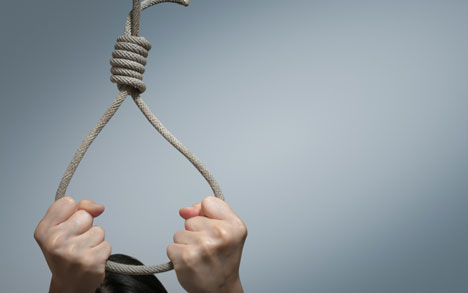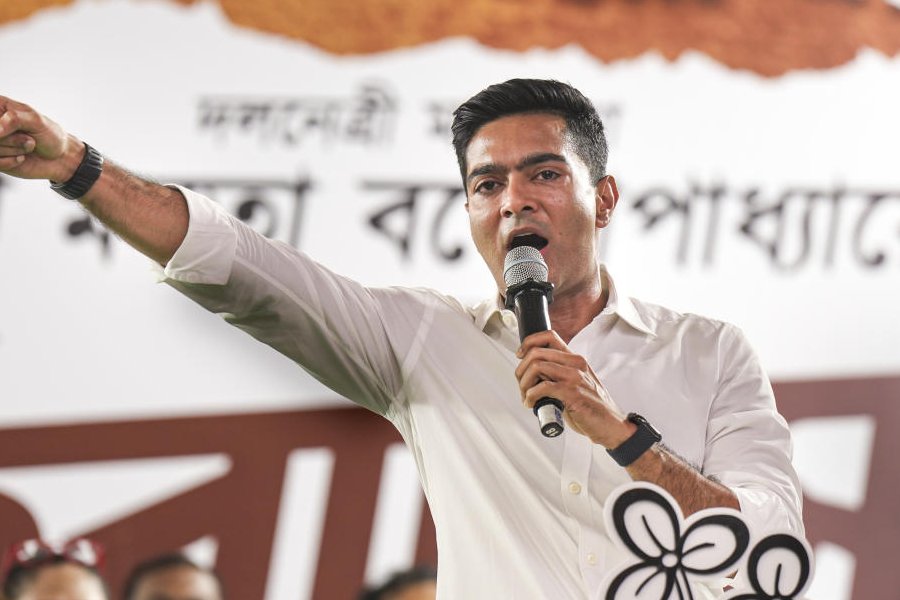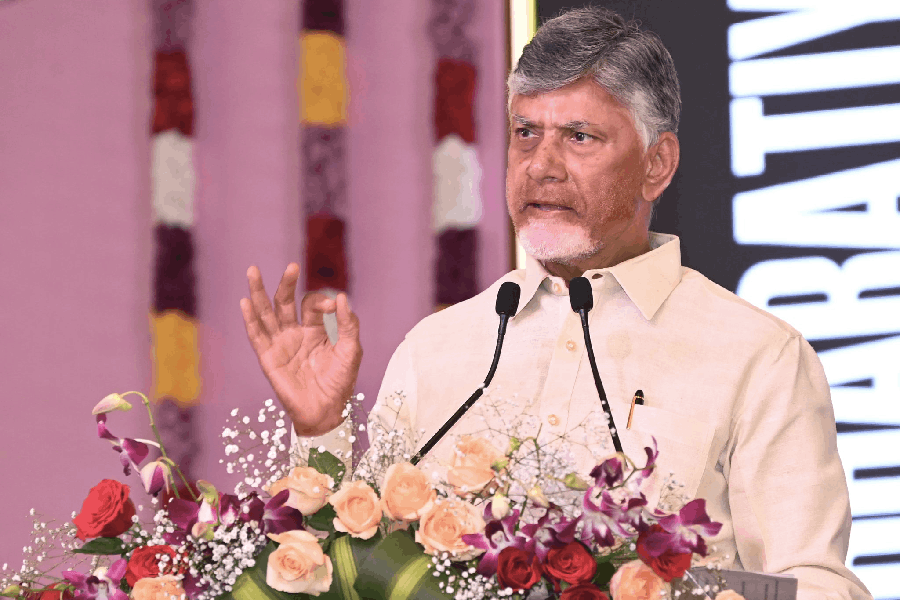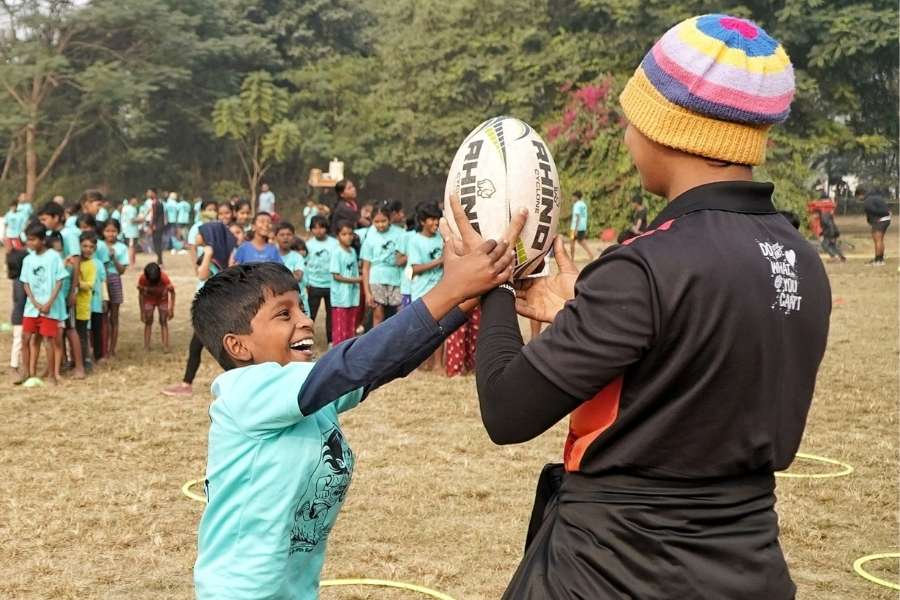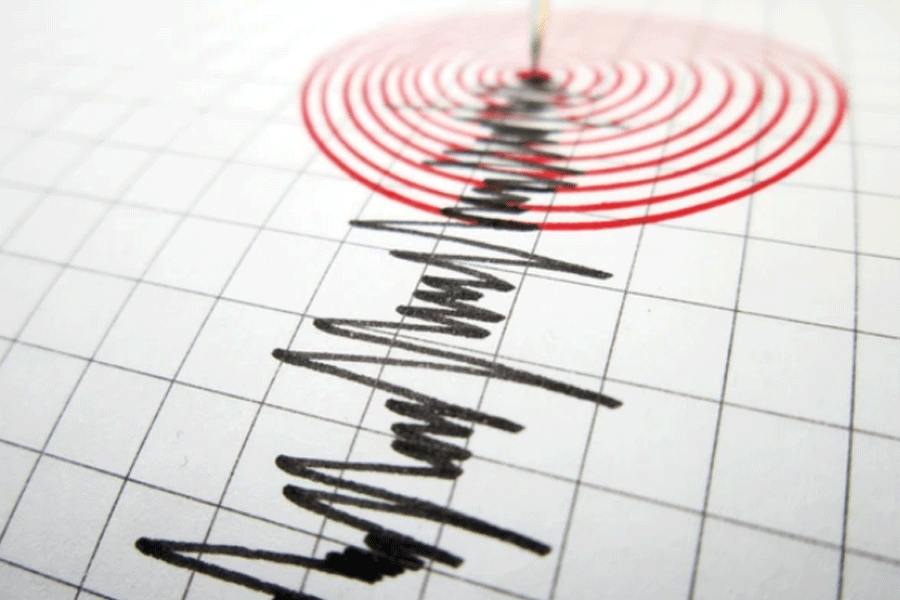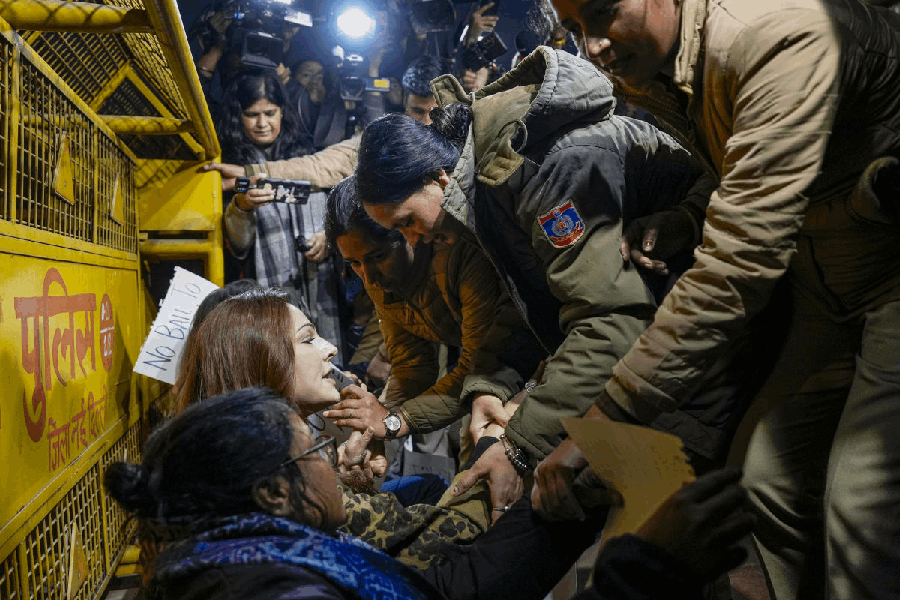
New Delhi: India accounts for more than a third of global suicide deaths among women, according to a study released on Wednesday.
The study has also corroborated earlier findings that suicide is the top cause of death among Indians aged between 15 and 39 years.
"Young adults are taking their own lives in alarmingly high numbers, constituting a public health crisis," lead researcher Rakhi Dandona, at the Public Health Foundation of India, New Delhi, and her colleagues wrote in a paper describing their findings published in The Lancet, a medical journal.
The study, which examined trends between 1990 and 2016, has found an overall decline in suicide death rates but India still accounted for 37 per cent of global suicide deaths among women and 24 per cent of suicide deaths among men during 2016.
It has also revealed an increase in suicides among the elderly over the past quarter-century. The suicide death rates among men and women aged above 70 years have risen for reasons still unclear.
But health researchers who conducted the study say social isolation, depression, functional disability and the feeling of being a burden on the family are among reasons that have been independently cited as factors contributing to suicides among the elderly.
Bengal is among seven states with the highest suicide death rates among men and women, figuring below Karnataka, Tripura, Tamil Nadu and Andhra Pradesh but higher than Telangana and Kerala.
The study is part of an exercise to estimate state-level burdens of select non-communicable diseases and suicides.
The study documented a 26 per cent fall in suicide death rates among women between 1990 and 2016, and a 5 per cent fall in suicide death rates among men.
In line with earlier observations, the study also found that suicide ranked as the top cause of death among those in the age group of 15 to 29 years as well as those between 15 and 39.
Independent studies in the past have pointed to multiple factors - such as personal problems, domestic violence, financial troubles and alcoholism - that might contribute to suicides.
"The suicide rate we observed among women was unexpectedly and unusually high compared with the global average," Dandona told The Telegraph .
The suicide rate among women for India was about 15 per 100,000, more than double the global average of 7 per 100,000.
The suicide death rate among men for India - 21 per 100,000 - was also higher than the global average of 15 per 100,000.
The study also revealed significant variations in the suicide rates across states - from 30 per 100,000 people in Karnataka and 21 in Kerala to 7.4 in Bihar and 4.8 in Nagaland.
"We still need to understand why we're seeing these patterns - both the unusual high prevalence rates among women and variations across the states," Dandona said.
Dandona said efforts at preventing suicides had often focused on individual risk factors but more research was needed on some social and cultural factors that might help explain the state-specific patterns of suicide death rates.
THE CHANGING DISEASE MAP OF INDIA
Health researchers on Wednesday released India’s first state-level estimates of non-communicable diseases that reflect trends over the past quarter century and reveal what they say are disturbing rises in heart disease, strokes, diabetes, chronic respiratory diseases and cancers.
The numbers of persons with diabetes and chronic obstructive pulmonary disease have doubled. Heart disease and stroke have increased in every state, according to the estimates which show Bengal had the highest burden of stroke in 2016, measured through number of years of life lost due to illness or deaths.
Stroke prevalence rates in Bengal, Kerala and Goa in 2016 were more than 625 per 100,000 people.
“Unhealthy diets, uncontrolled high blood pressure and air pollution are contributing to the rise in cardiovascular diseases,” said Doraraj Prabhakaran, a cardiologist-epidemiologist at the Public Health Foundation of India, New Delhi.
The India State-Level Disease Burden Initiative, a collaborative project between the Indian Council of Medical Research, the PHFI and the Institute of Health Metrics and Evaluation in the US, has also found that India’s suicide rates have declined from 1990 to 2016.
But the suicide death rates among men and women show dramatic differences between the states. “We’re deep-diving
into data at the state level,” said Lalit Dandona, vice-president at the PHFI and one of the project heads.
The Telegraph displays some of the key findings from the exercise through the following charts.




